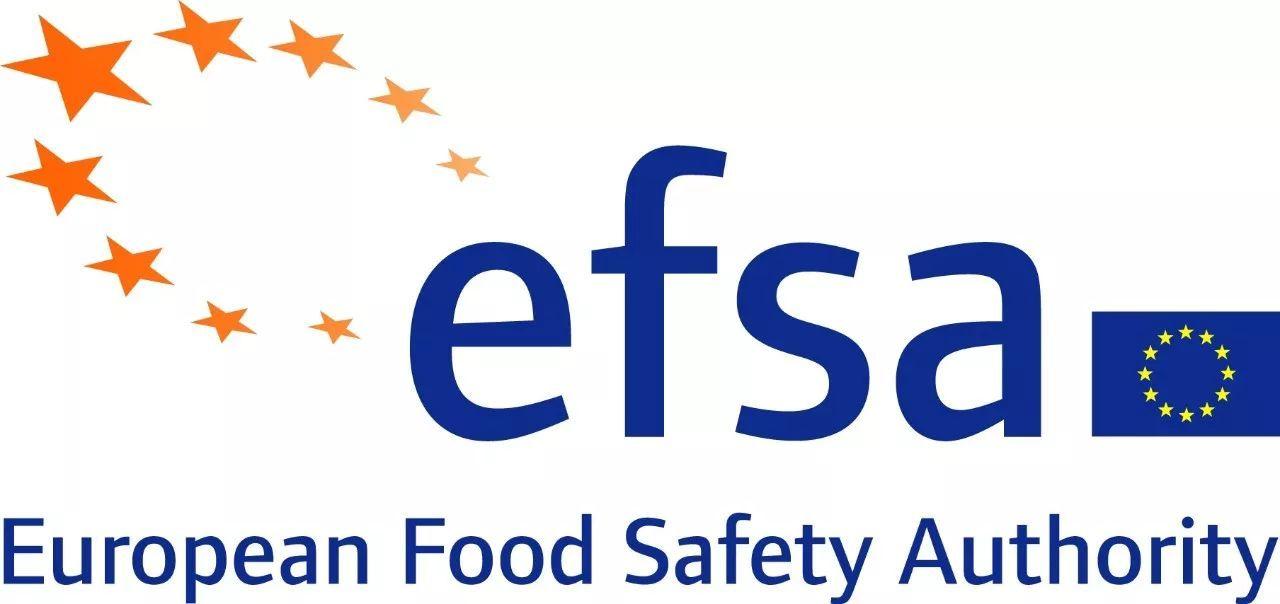


On December 8, 2023, according to the European Food Safety Authority (EFSA), the EU Research Group on Nutrition, Novel Foods and Food Allergens (NDA) issued a scientific opinion on the safe intake of manganese.
After evaluation, the research team concluded that the safe intake for adults over 18 years of age (including pregnant and breastfeeding women) is 8 mg/day, and the safe intake for the rest of the population is 2-7 mg/day. Some of the original reports are as follows:
Following a request from the European Commission (EC), the EFSA Panel on Nutrition, Novel Foods and Food Allergens (NDA) was asked to deliver a scientific opinion on the tolerable upper intake level (UL) for manganese. Systematic reviews of the literature of human and animal data were conducted to assess evidence regarding excess manganese intake (including authorised manganese salts) and the priority adverse health effect, i.e. manganese-induced neurotoxicity. Available human and animal studies support neurotoxicity as a critical effect, however, data are not sufficient and suitable to characterise a dose–response relationship and identify a reference point for manganese-induced neurotoxicity. In the absence of adequate data to establish an UL, estimated background dietary intakes (i.e. manganese intakes from natural dietary sources only) observed among high consumers (95th percentile) were used to provide an indication of the highest level of intake where there is reasonable confidence on the absence of adverse effects. A safe level of intake of 8 mg/day was established for adults ≥?18?years (including pregnant and lactating women) and ranged between 2 and 7 mg/day for other population groups. The application of the safe level of intake is more limited than an UL because the intake level at which the risk of adverse effects starts to increase is not defined.
Need help or have a question?
Send mail